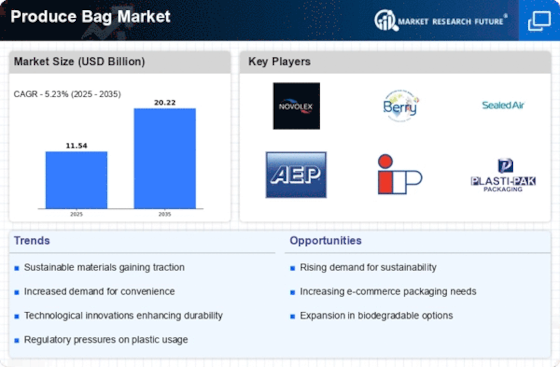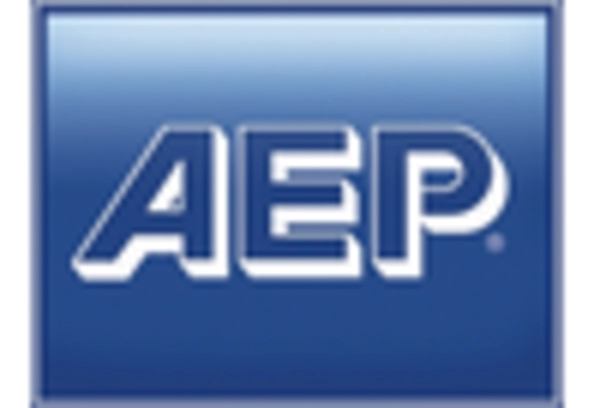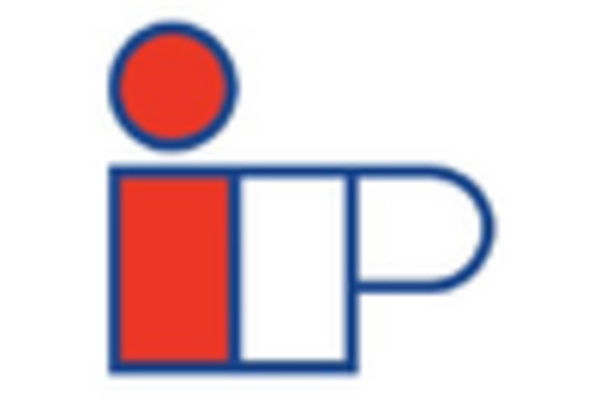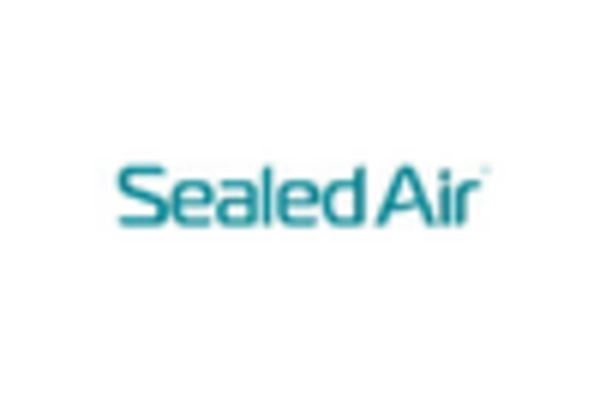E-commerce Growth
The rapid expansion of e-commerce is significantly influencing the Produce Bag Market. With more consumers opting for online grocery shopping, the demand for effective packaging solutions has escalated. Data suggests that the online grocery market is expected to reach a valuation of several hundred billion dollars in the next few years, necessitating the use of produce bags that ensure product freshness and safety during transit. This trend compels manufacturers to innovate in terms of packaging design and materials, catering to the unique needs of e-commerce logistics. As a result, the Produce Bag Market is adapting to these changes, focusing on durability and functionality to meet the expectations of both retailers and consumers in the digital marketplace.
Health and Safety Concerns
Health and safety concerns are increasingly driving the Produce Bag Market. As consumers become more aware of food safety issues, the demand for hygienic and safe packaging solutions is rising. Produce bags that offer protection against contamination and spoilage are becoming essential in retail environments. Market Research Future indicates that the demand for bags with antimicrobial properties is on the rise, as they provide an added layer of safety for fresh produce. Retailers are thus compelled to source bags that not only meet safety standards but also appeal to health-conscious consumers. This trend is likely to continue influencing the Produce Bag Market, as the focus on health and safety remains paramount in consumer decision-making.
Sustainability Initiatives
The increasing emphasis on sustainability is a pivotal driver for the Produce Bag Market. Consumers are becoming more environmentally conscious, leading to a surge in demand for biodegradable and compostable bags. This shift is reflected in market data, which indicates that the eco-friendly segment of the produce bag market is projected to grow at a compound annual growth rate of over 10% in the coming years. Retailers are responding by offering more sustainable options, thereby enhancing their brand image and attracting eco-conscious consumers. Furthermore, regulatory measures aimed at reducing plastic waste are prompting manufacturers to innovate and develop sustainable alternatives. As a result, the Produce Bag Market is witnessing a transformation that aligns with global sustainability goals, potentially reshaping consumer purchasing behavior.
Technological Advancements
Technological advancements are playing a crucial role in shaping the Produce Bag Market. Innovations in materials science have led to the development of stronger, lighter, and more sustainable bag options. For instance, the introduction of advanced biodegradable materials is enhancing the performance of produce bags while minimizing environmental impact. Additionally, automation in manufacturing processes is improving efficiency and reducing costs, which is vital for meeting the growing demand. Market data indicates that the integration of technology in production is likely to increase output by approximately 15% over the next few years. Consequently, the Produce Bag Market is positioned to benefit from these advancements, as they enable manufacturers to offer high-quality products that align with consumer preferences.
Consumer Preferences for Convenience
Consumer preferences for convenience are a significant driver in the Produce Bag Market. As lifestyles become busier, consumers are increasingly seeking packaging solutions that offer ease of use and practicality. This trend is evident in the rising popularity of pre-packaged produce, which often utilizes specialized bags designed for convenience. Market data suggests that the demand for ready-to-eat and pre-washed produce is growing, leading to an increased need for innovative bag designs that facilitate quick access and storage. Manufacturers are responding by developing bags that are not only functional but also visually appealing, catering to the aesthetic preferences of consumers. Thus, the Produce Bag Market is evolving to meet these changing consumer demands, emphasizing convenience as a key factor in product development.


















Leave a Comment